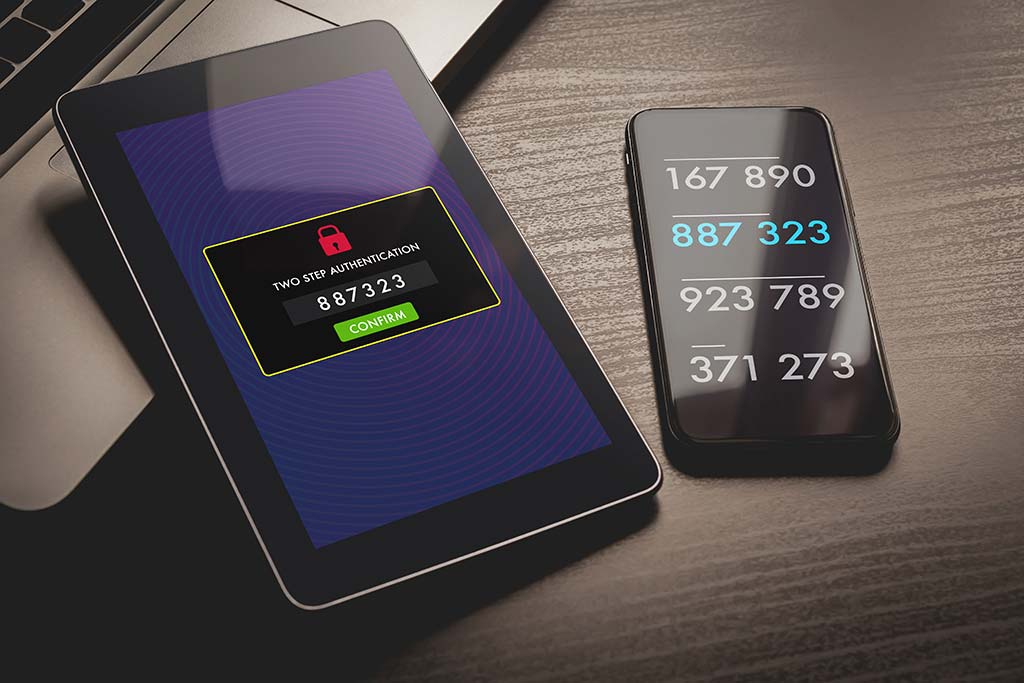Secure Your Accounts with Multi-Factor Authentication: Why It Matters and How to Use It

In today’s digital age, protecting your personal information and accounts from cyber threats is of utmost importance. One of the most effective ways to do this is by using multi-factor authentication (MFA).
MFA is a security process that requires users to provide two or more forms of identification in order to gain access to their accounts or devices. These forms of identification can include something the user knows (like a password), something the user has (like a security token or smart card), or something the user is (like a biometric scan such as a fingerprint or facial recognition).
The purpose of MFA is to make it more difficult for unauthorized individuals to gain access to your accounts, even if they have obtained your password. With MFA, even if someone else knows your password, they will still need another form of identification to access your account, such as a unique code generated by a security token.
There are several reasons why MFA is important for protecting your personal information and accounts. First and foremost, it greatly increases the security of your accounts by adding an extra layer of protection. Without MFA, a hacker or cyber criminal who has obtained your password can easily gain access to your account and steal sensitive information.
MFA also helps to prevent phishing attacks, which are a common method used by cyber criminals to obtain login credentials. Phishing attacks typically involve sending an email or message that appears to be from a legitimate source (such as a bank or social media site), but is actually a fraudulent attempt to obtain login information. With MFA, even if a user falls for a phishing scam and provides their password, the hacker would still need another form of identification to access the account.
So, how can you protect yourself with MFA?
First, it’s important to enable MFA on all of your accounts that offer it. This typically involves setting up an authentication app, such as Google Authenticator or Authy, which will generate a unique code that you will need to enter in addition to your password.
Another option is to use a physical security key, which is a small device that you plug into your computer or mobile device to authenticate your identity. Physical security keys are considered to be the most secure form of MFA, as they cannot be hacked remotely.
It’s also important to use strong, unique passwords for all of your accounts, as well as to keep them secure and not reuse them across multiple accounts. This will help to reduce the risk of your password being compromised in the first place.
In conclusion, multi-factor authentication is an essential tool for protecting your personal information and accounts from cyber threats. By enabling MFA on your accounts and using strong, unique passwords, you can greatly increase the security of your online presence and reduce the risk of unauthorized access to your sensitive information.
